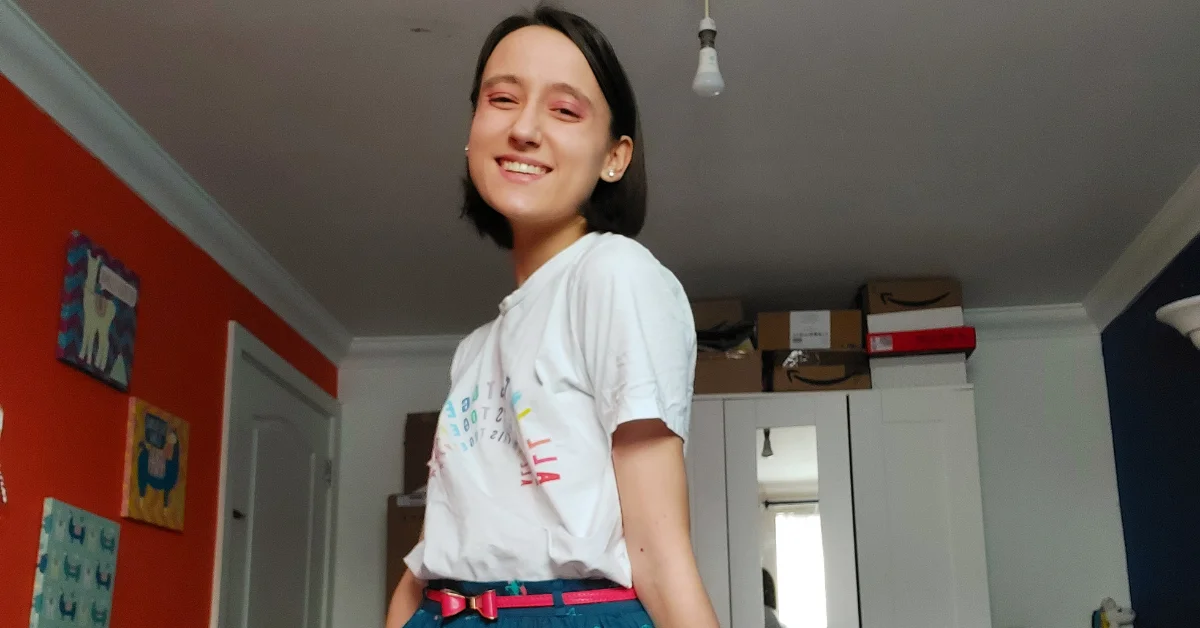Many schools around the world are teaching students virtually as a result of the COVID-19 pandemic, but how does this new routine affect students with type one diabetes? As many diabetics know, anything can affect blood glucose levels, insulin usage, and overall control.
In person, students usually walk from class to class between periods. When learning from home, the school day seems to have limited “active” periods as students sit in front of a screen all day. Switching from first to second period is as simple as clicking from one Google Meet link to the next. This sedentary school day can affect blood glucose levels since the student is no longer active the way they would be in school.
Another factor of remote learning that affects type one diabetics is that at home students can walk to the kitchen and snack more between classes. With a simple click of a button, the camera is turned off and it’s time to snack while learning about the quadratic formula or photosynthesis. During these snacks, the student may think “I do not need insulin for this” or even just forget to administer insulin. In some cases, insulin is taken but the snack still raises blood glucose level- especially with high-fat snacks. In person learning limits the snacks because food is typically not available whenever you are feeling snackish.
Not only are blood glucose and insulin levels affected, but mental health is a factor that needs to be accounted for. Even before the pandemic, type one diabetics would struggle daily with decisions and thoughts surrounding overall control. Diabetics need to think about blood glucose levels, insulin dosages, site changes, scars, treatments, injections, and much more throughout the day on top of normal thoughts and stresses of everyday life. The pandemic added to this and remote learning had students worrying about other things such as
“What if my wifi cuts out?”
“Is my microphone off?”
“Can anyone else hear the teacher or is it my computer?”
“I have 10 assignments due by midnight.”
However, virtual learning does have some positives relating to diabetes. Students do not have to worry about going to the nurse to inject insulin or to just press a few buttons on a pump. Lows can be treated quickly, and beeps do not cause the whole class to turn their heads and stare. In addition, sites can be changed while listening to the teacher. For students who hide their medical equipment, it is very easy to keep off camera.
Virtual learning is not easy or ideal for many, but containing the COVID-19 virus is the top priority in the world right now. Mental and physical health of students and teachers must be considered by healthcare professionals and school districts during this time. Type one diabetics are struggling with blood glucose level changes, insulin dosage changes, and mental health changes. Stress is amplified. Motivation has decreased. Prioritize your health, physical and mental, and keep in mind that the world has been overtaken by a virus and it is a hard time for everyone. You are not alone.

Tawni Doliveira
Type 1 Diabetes









